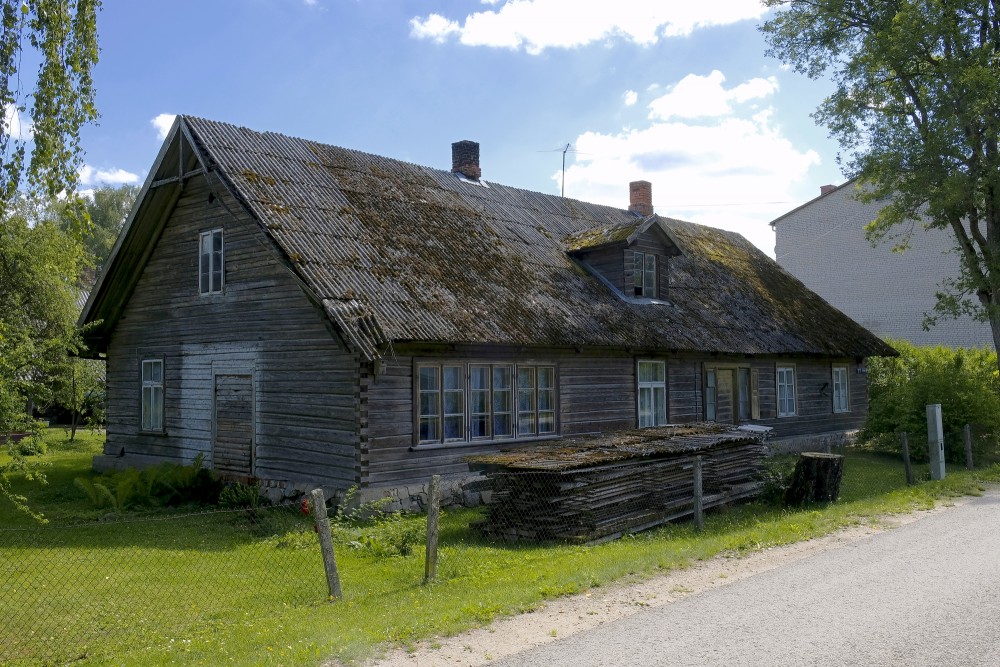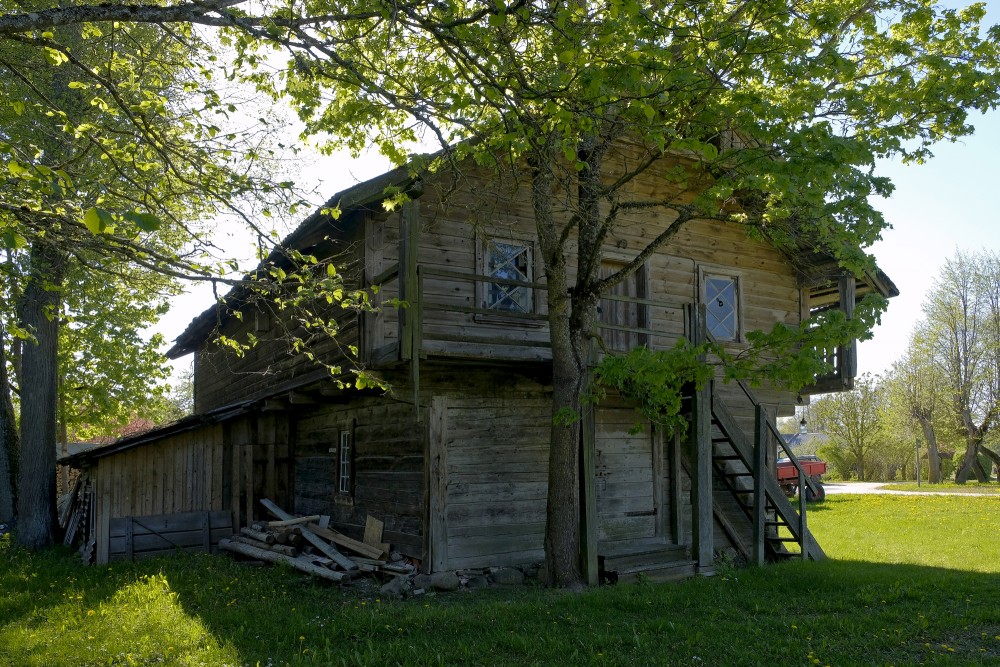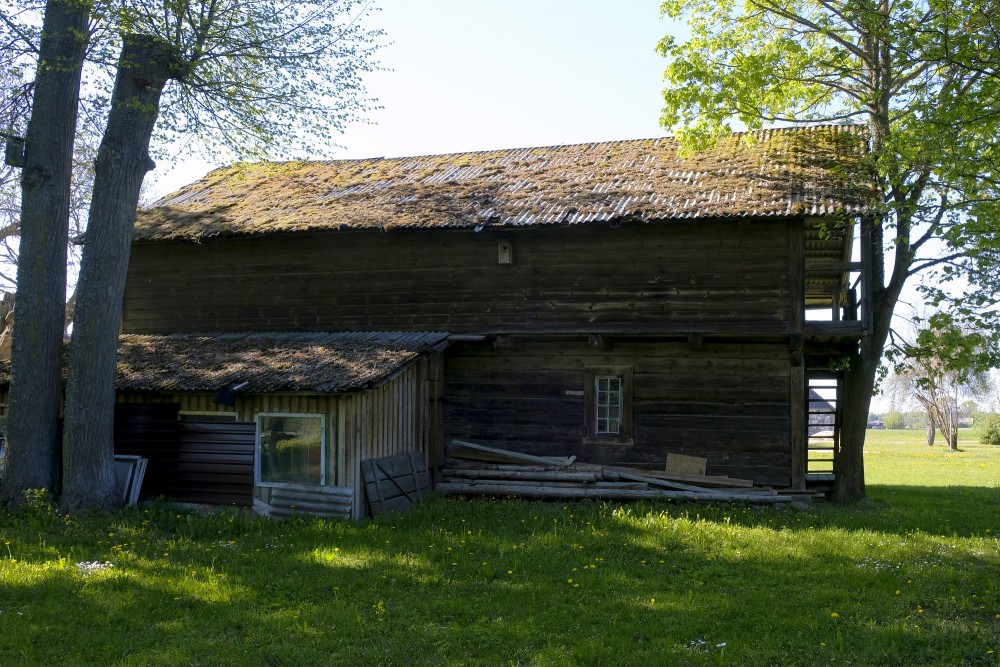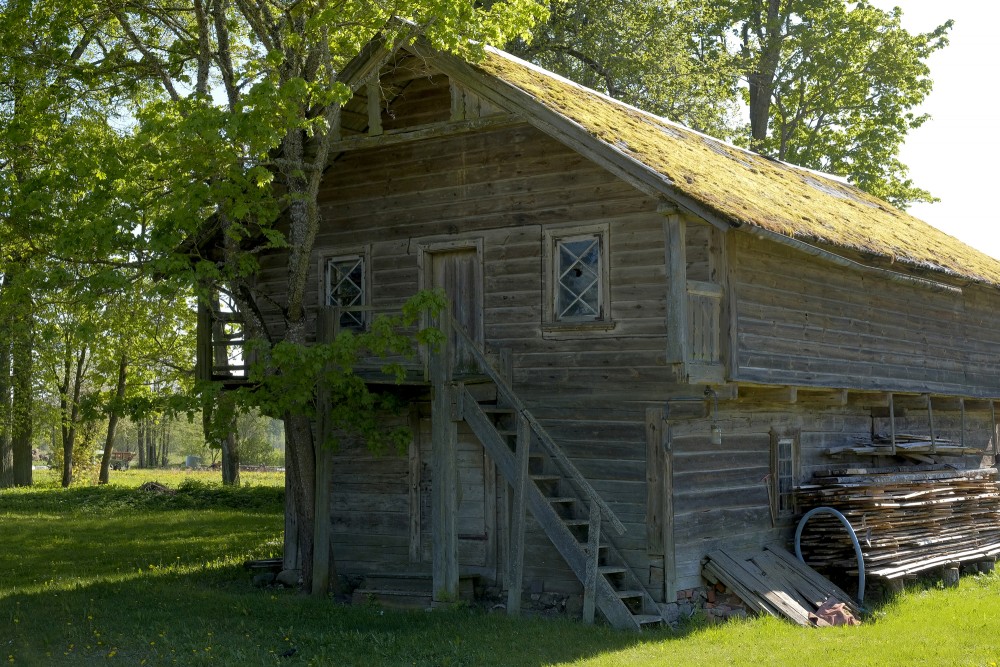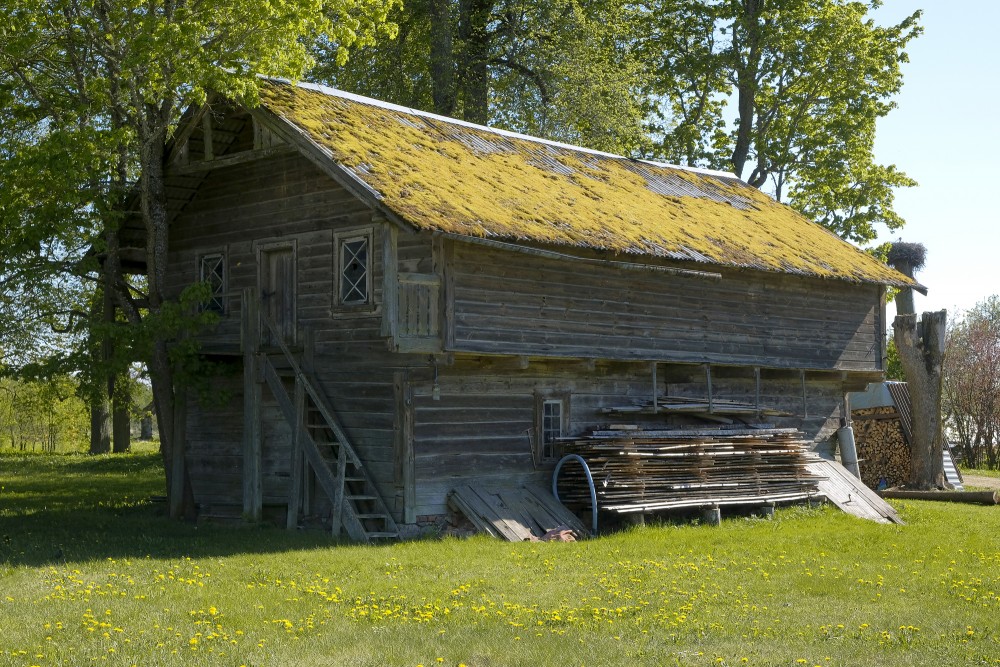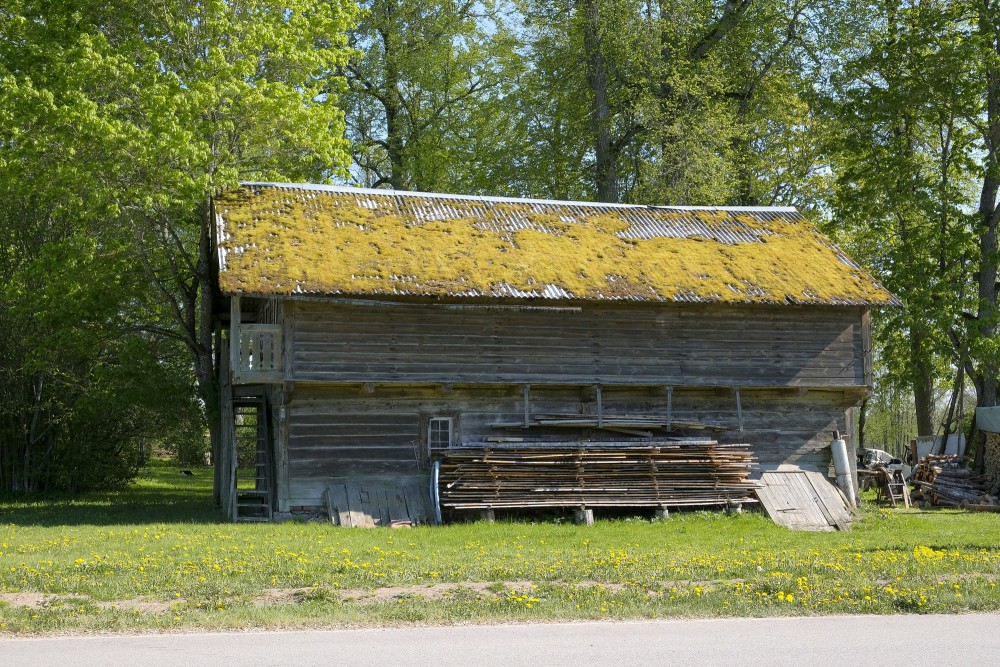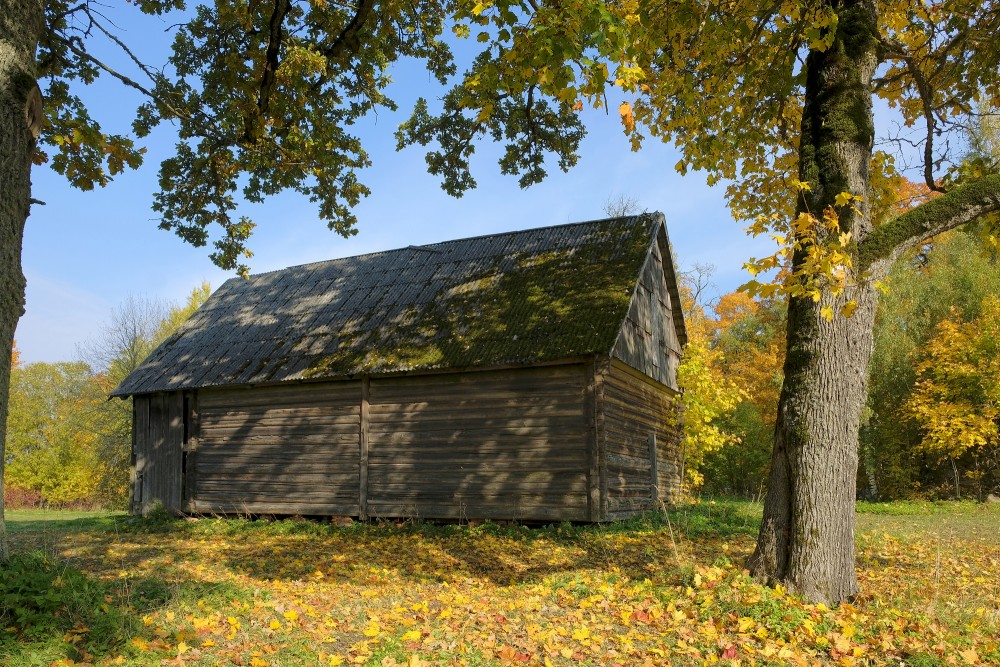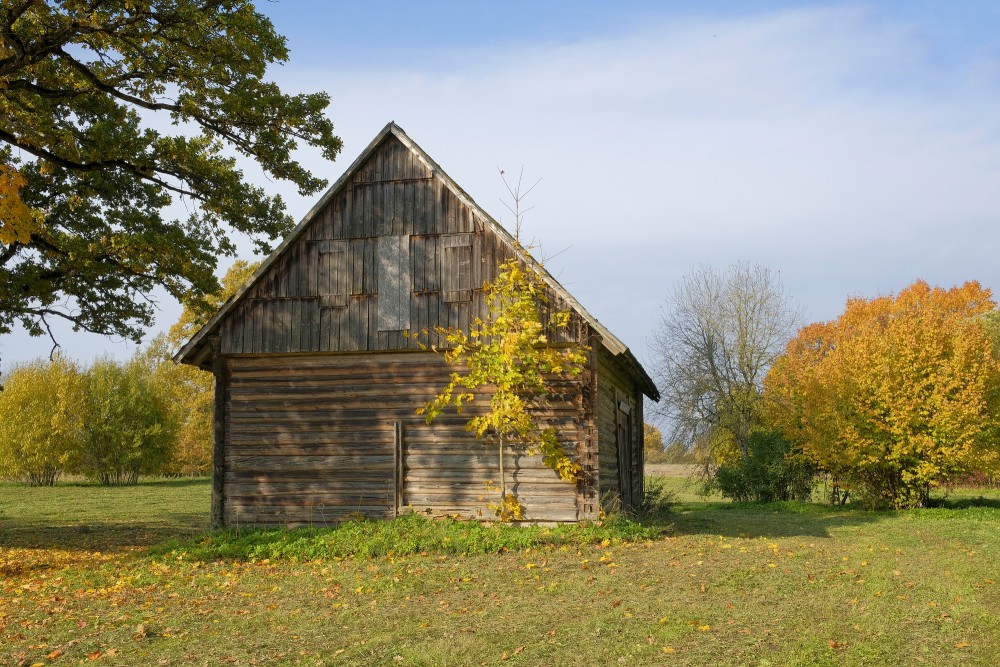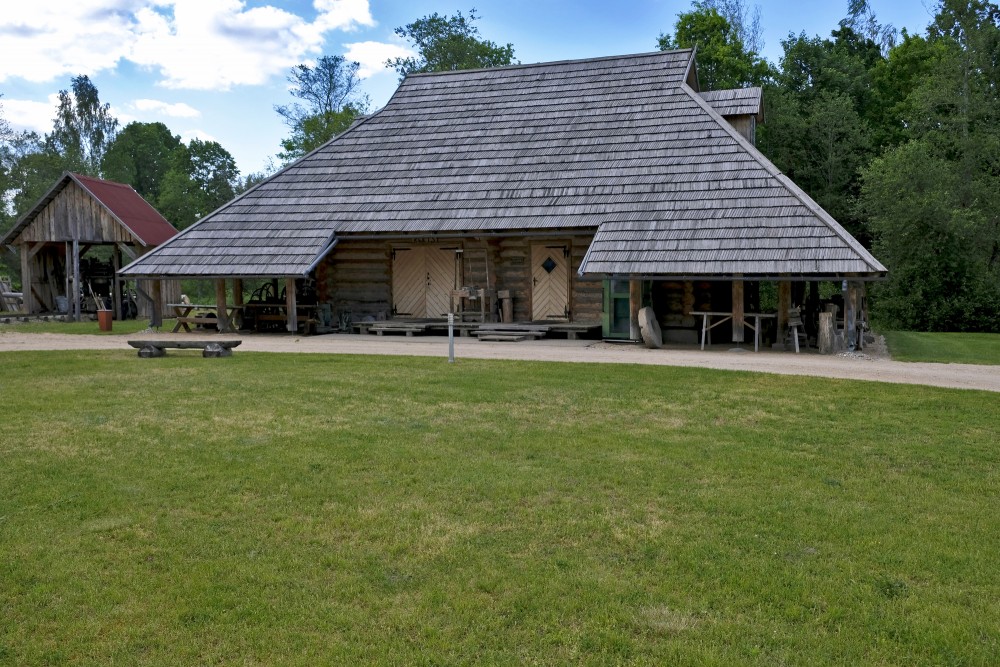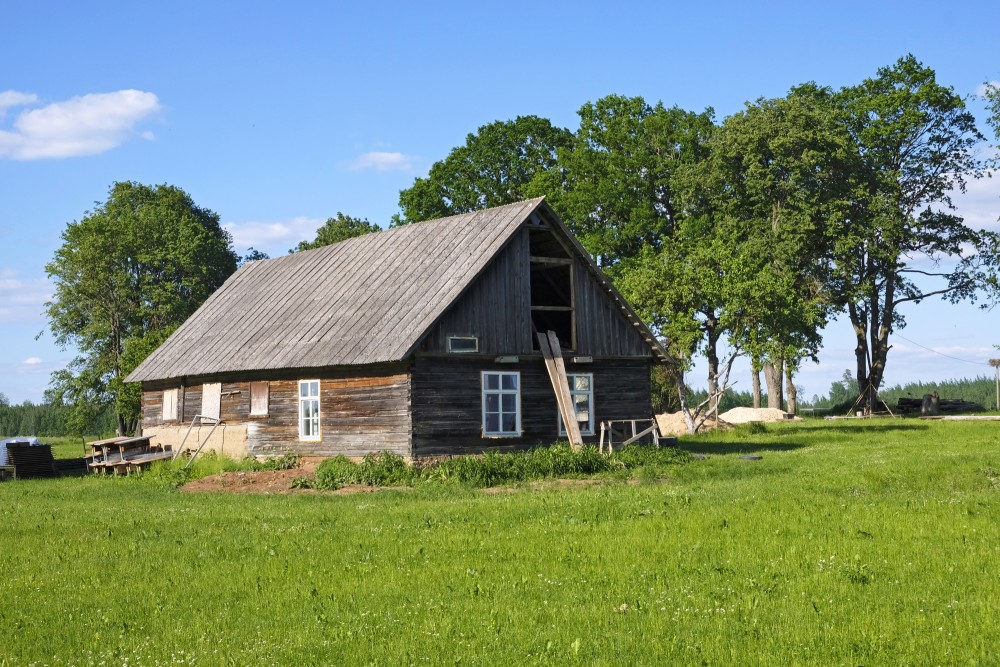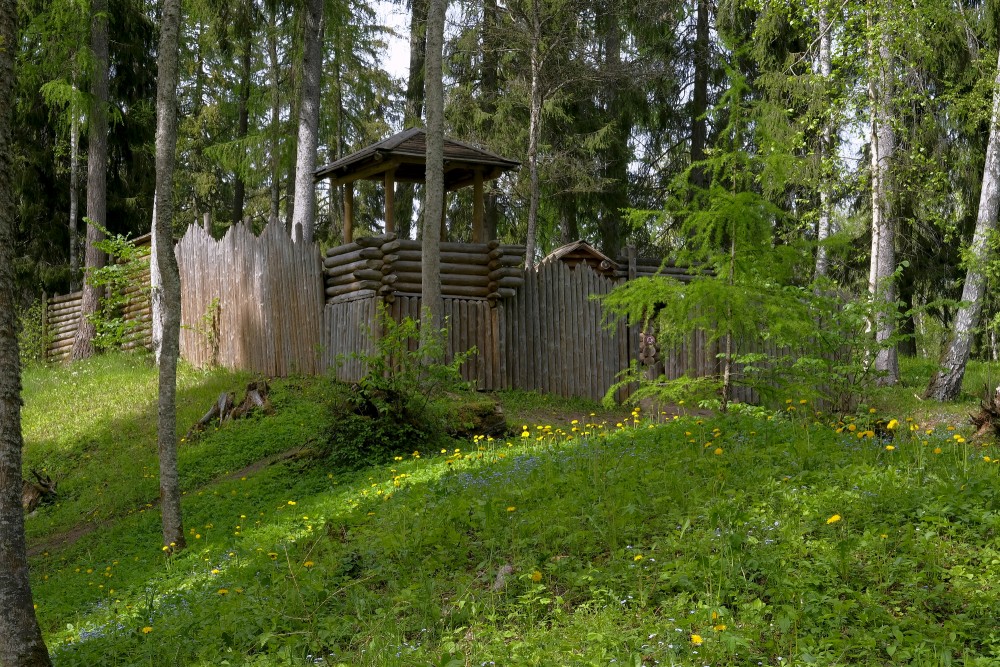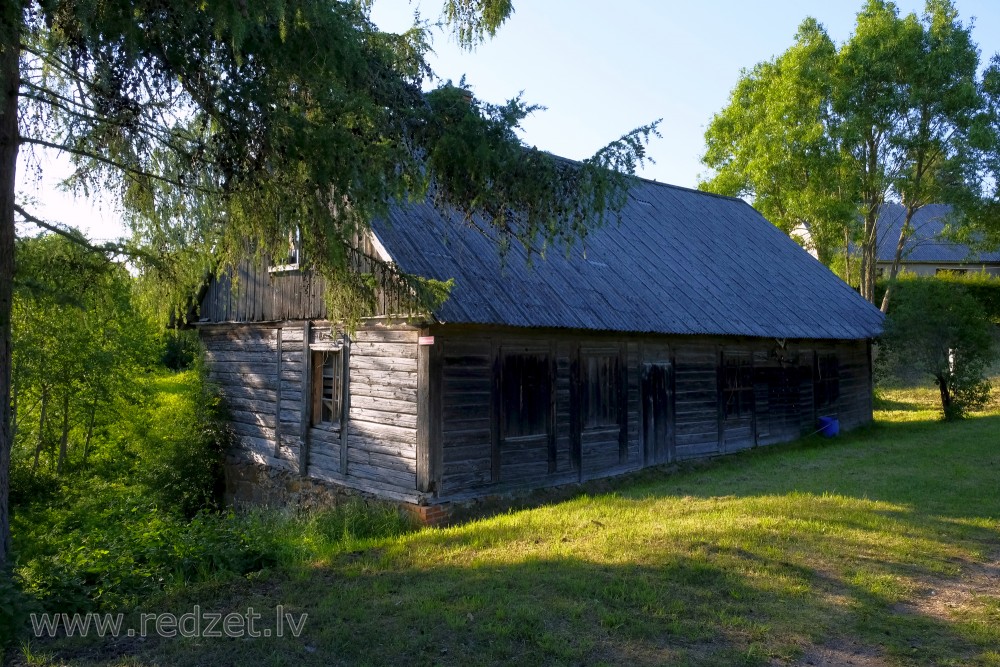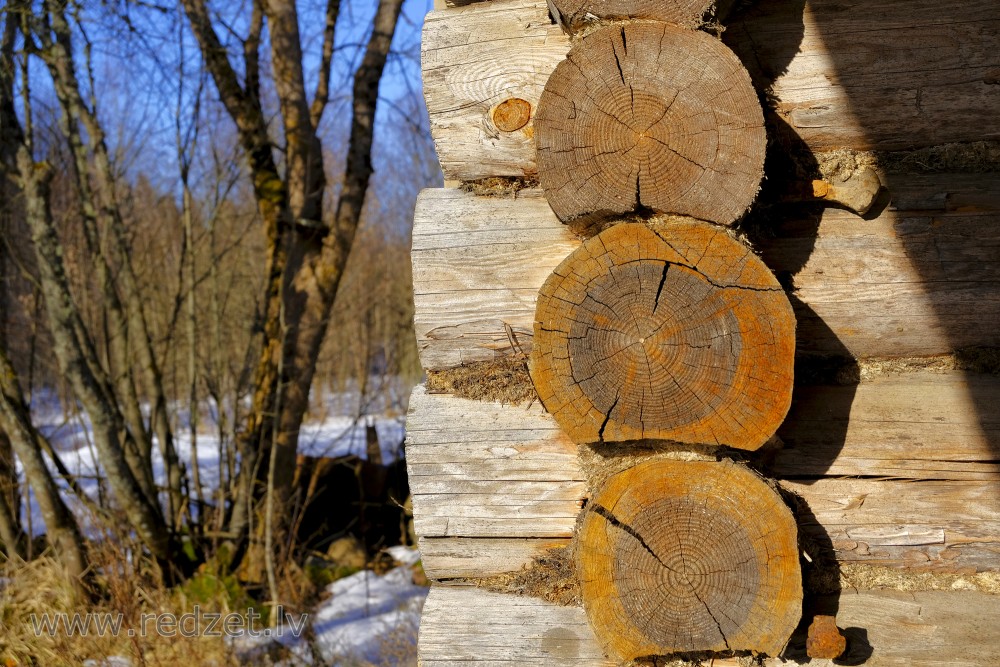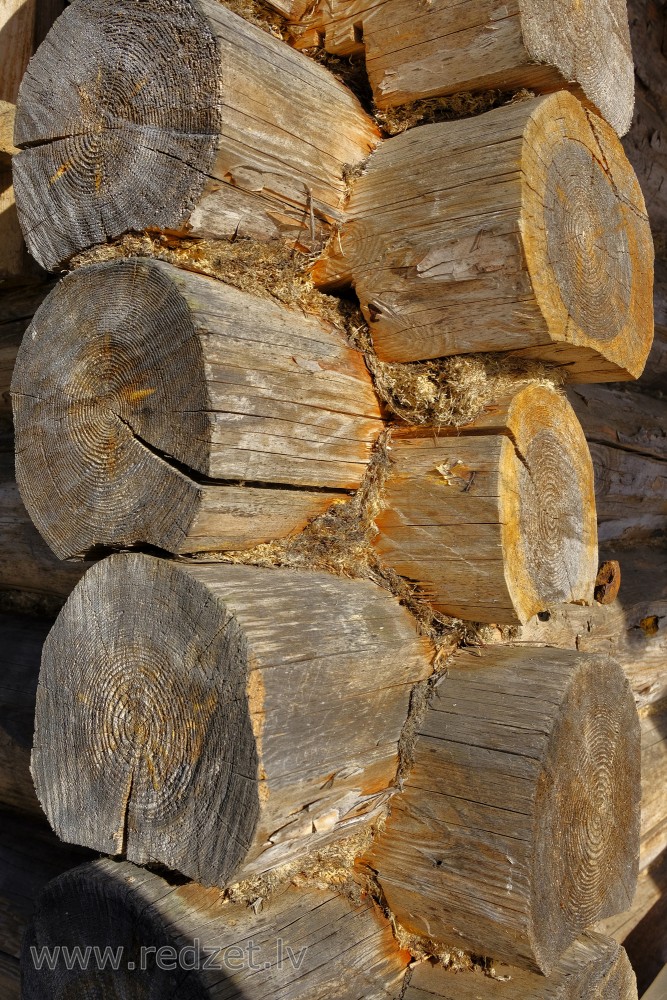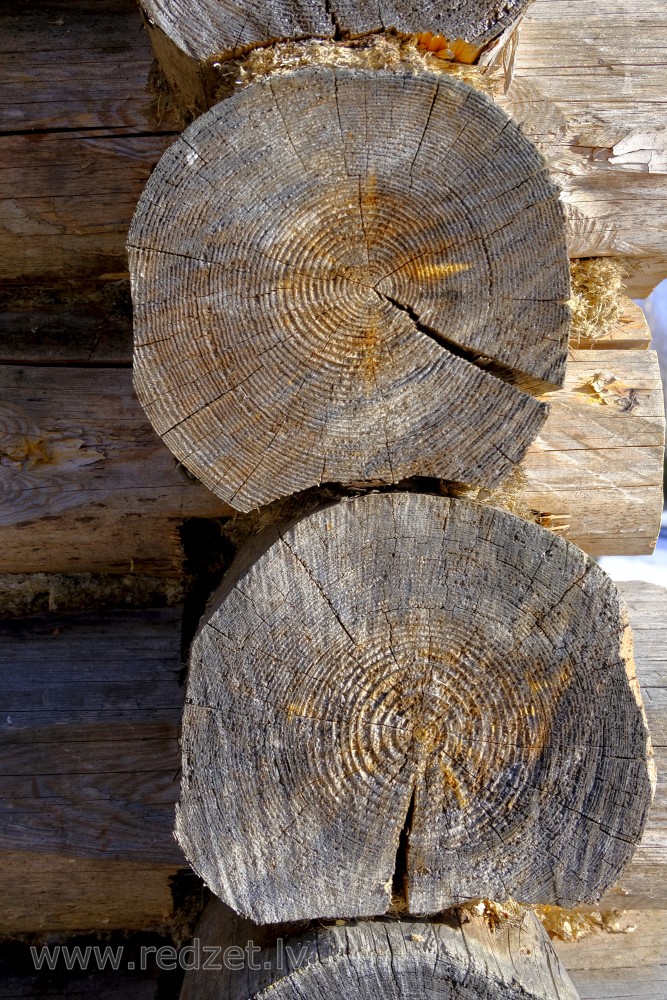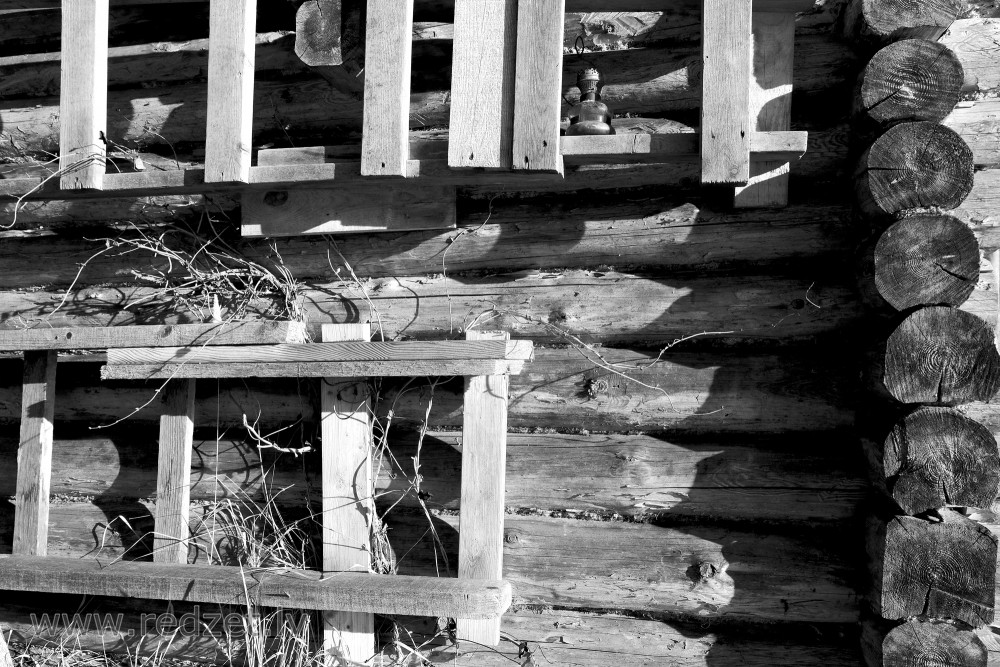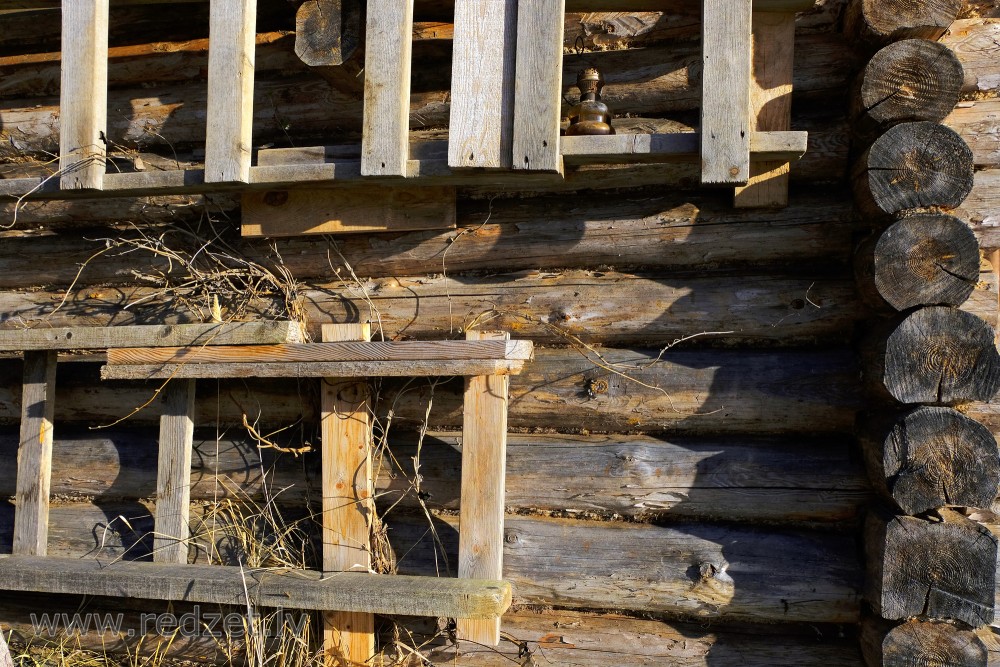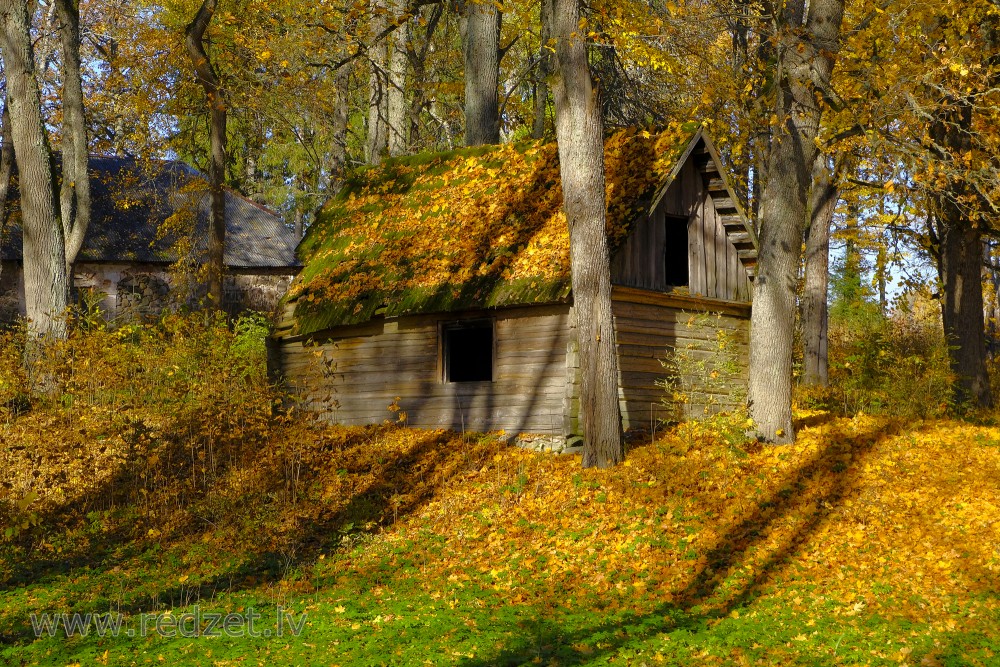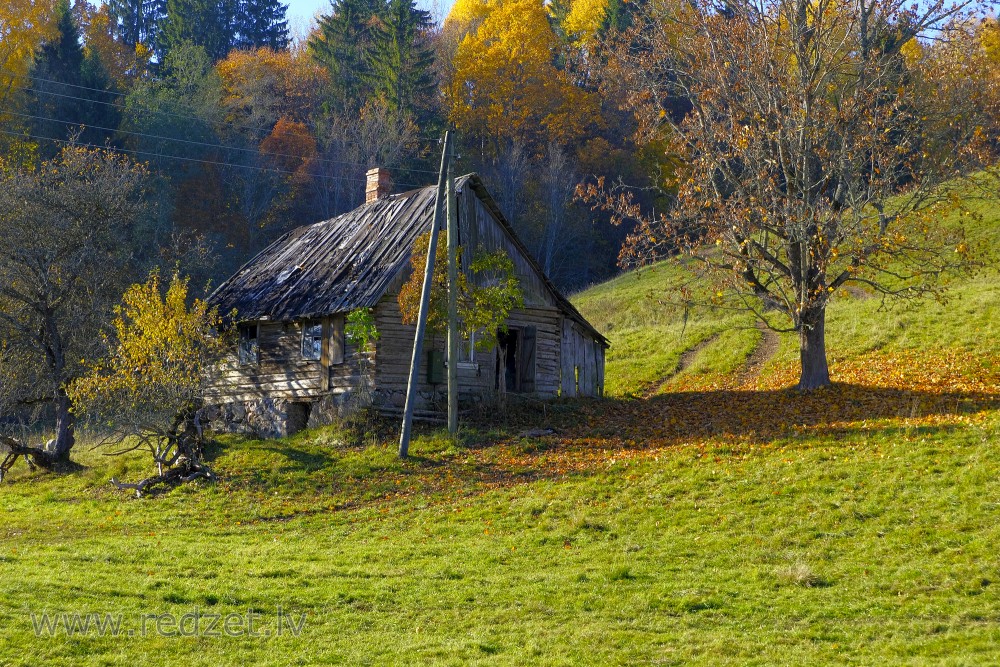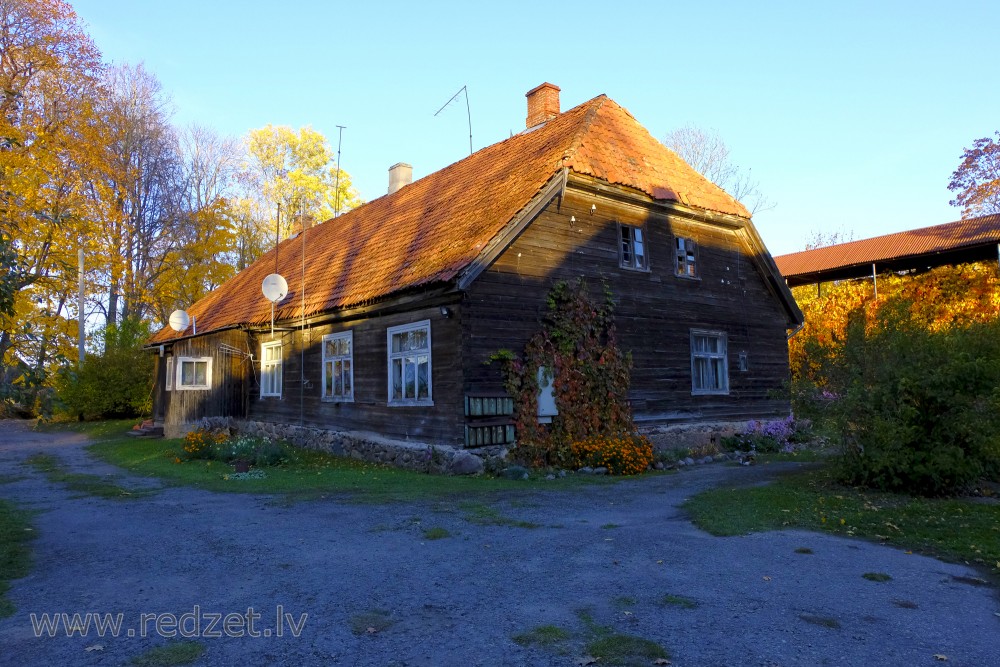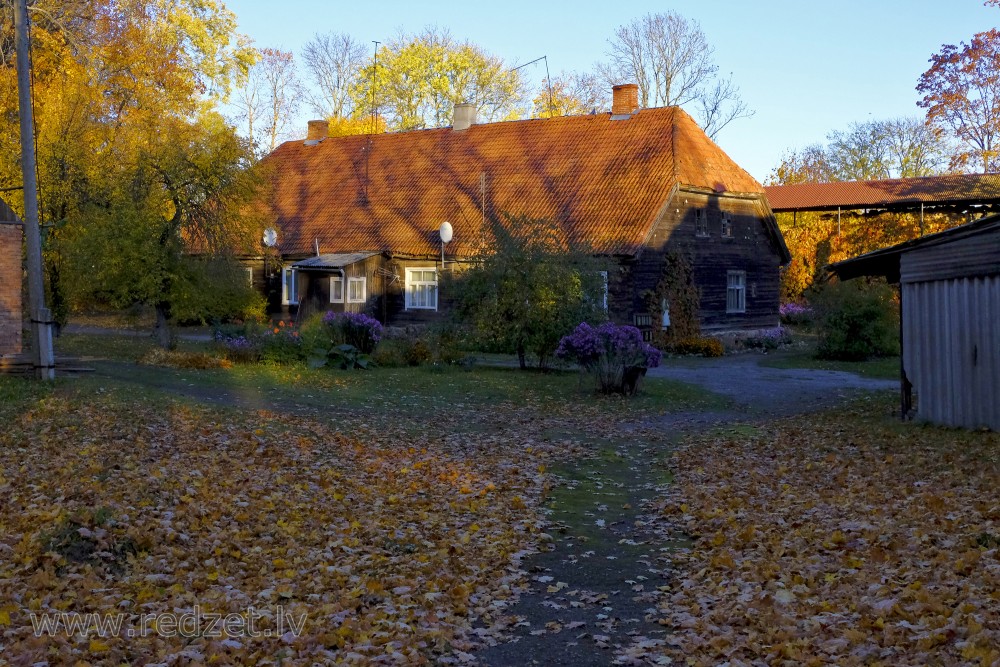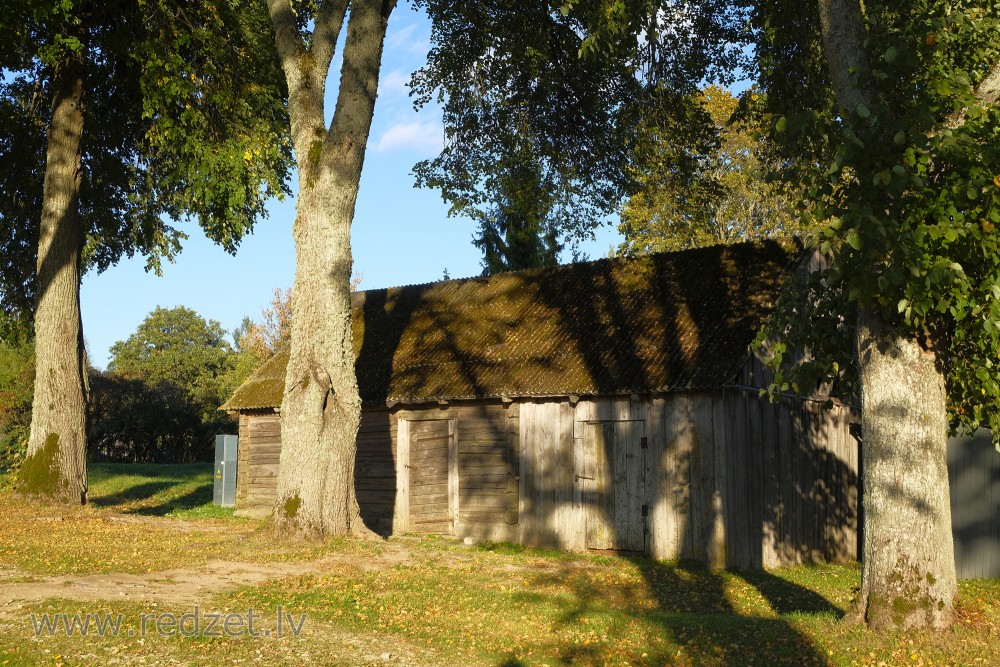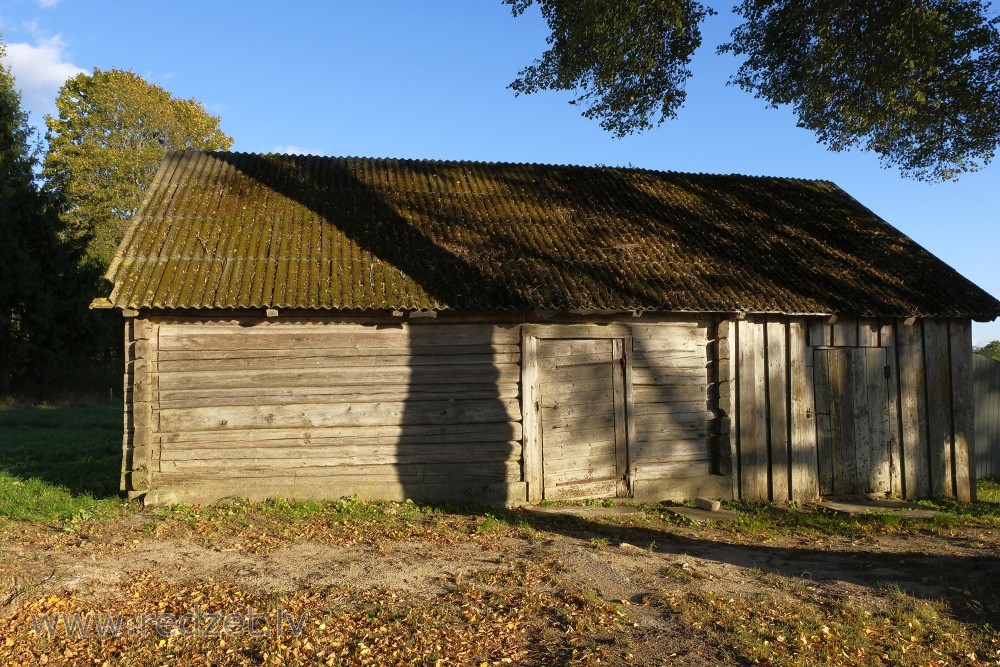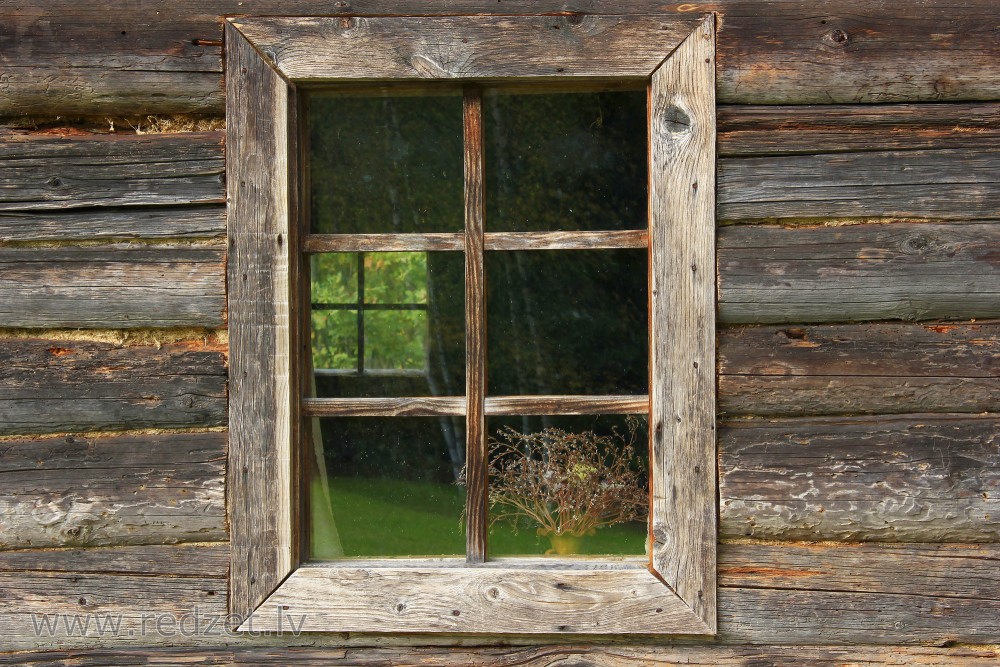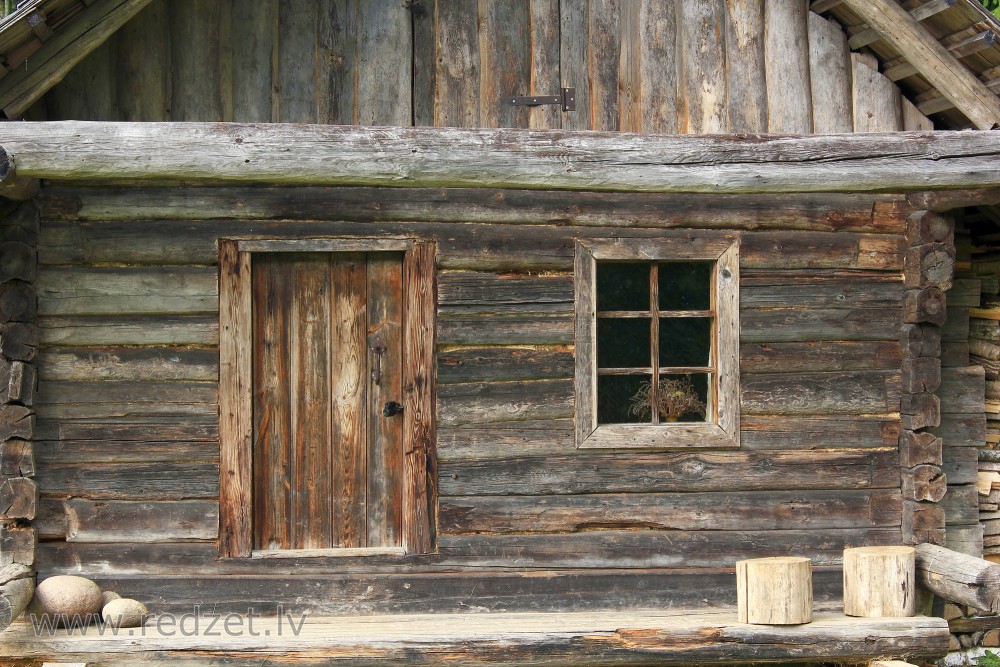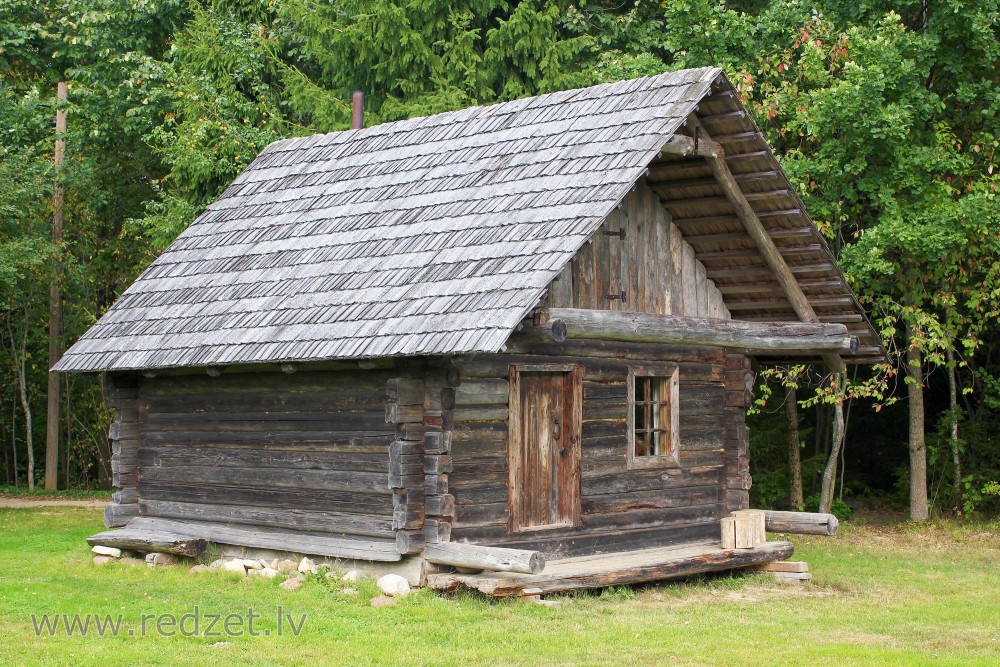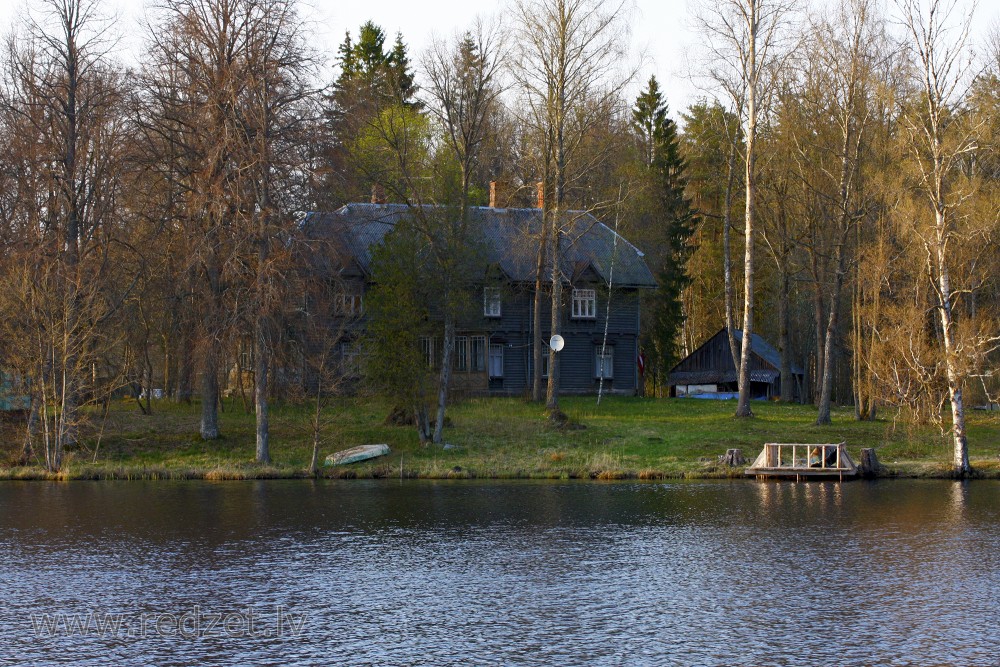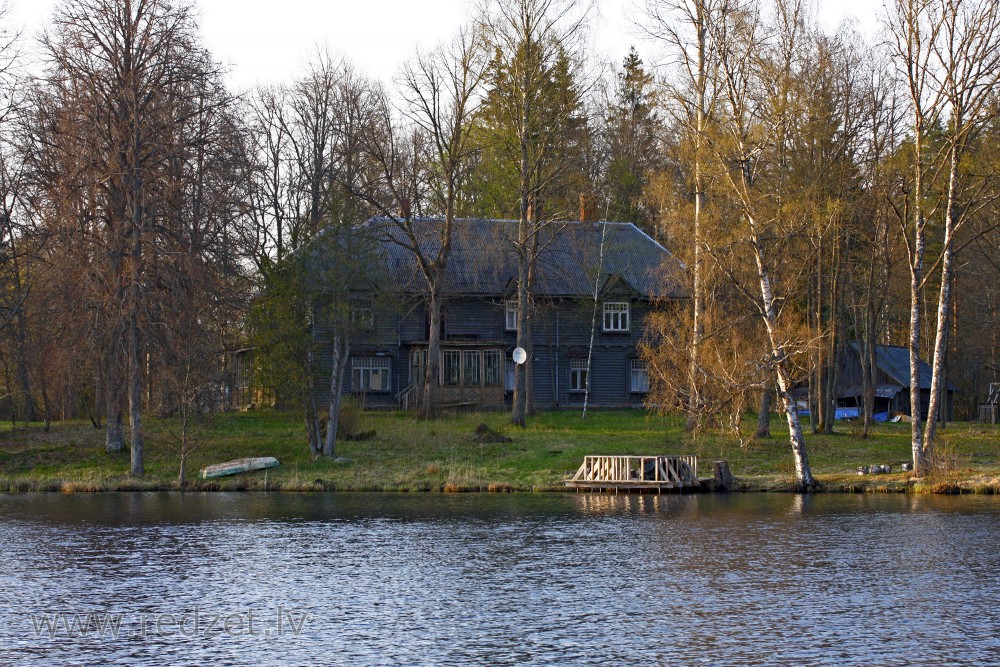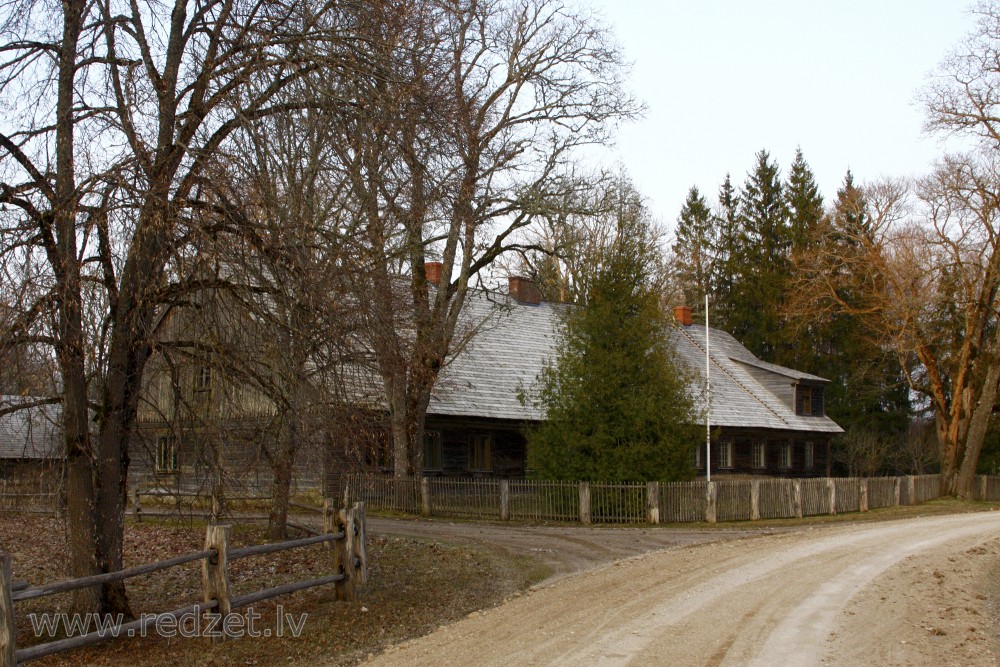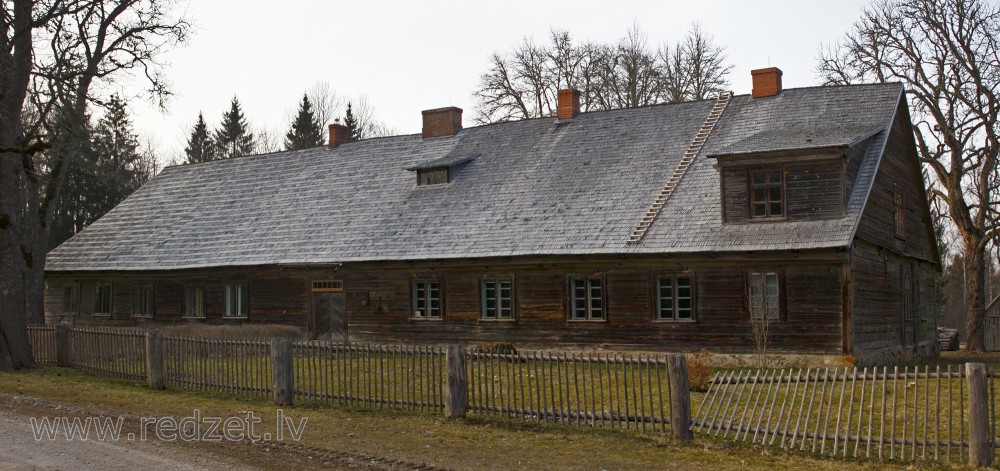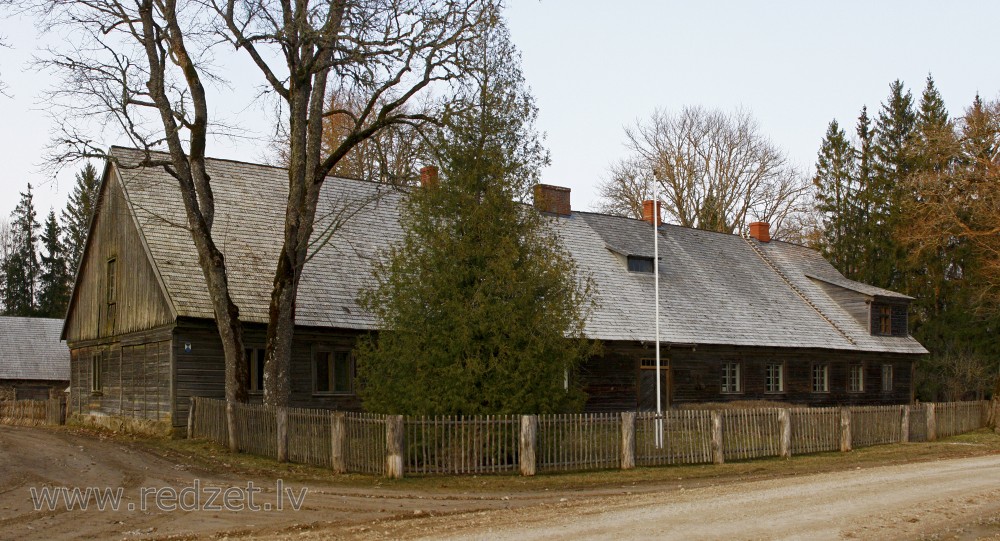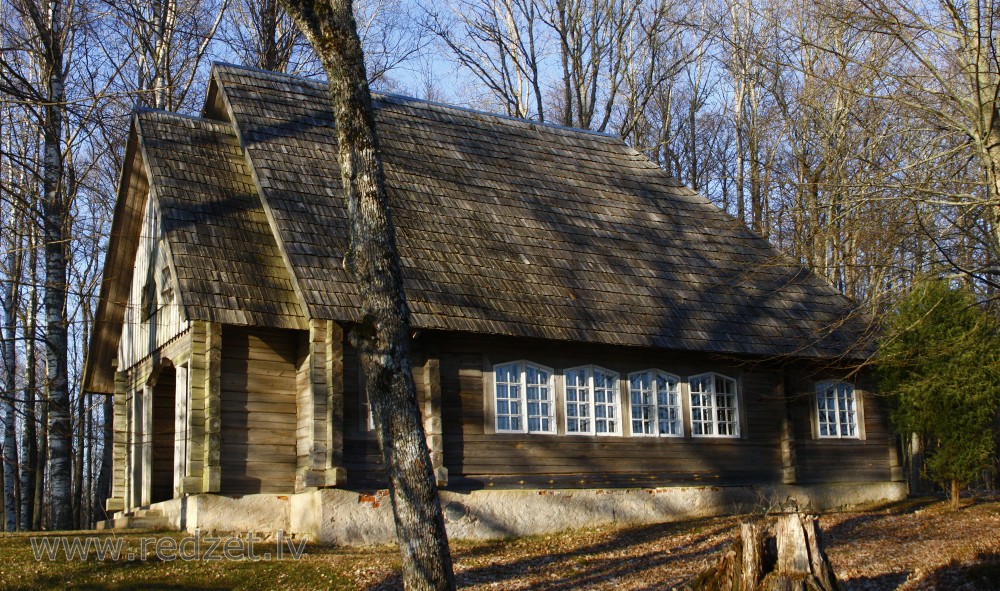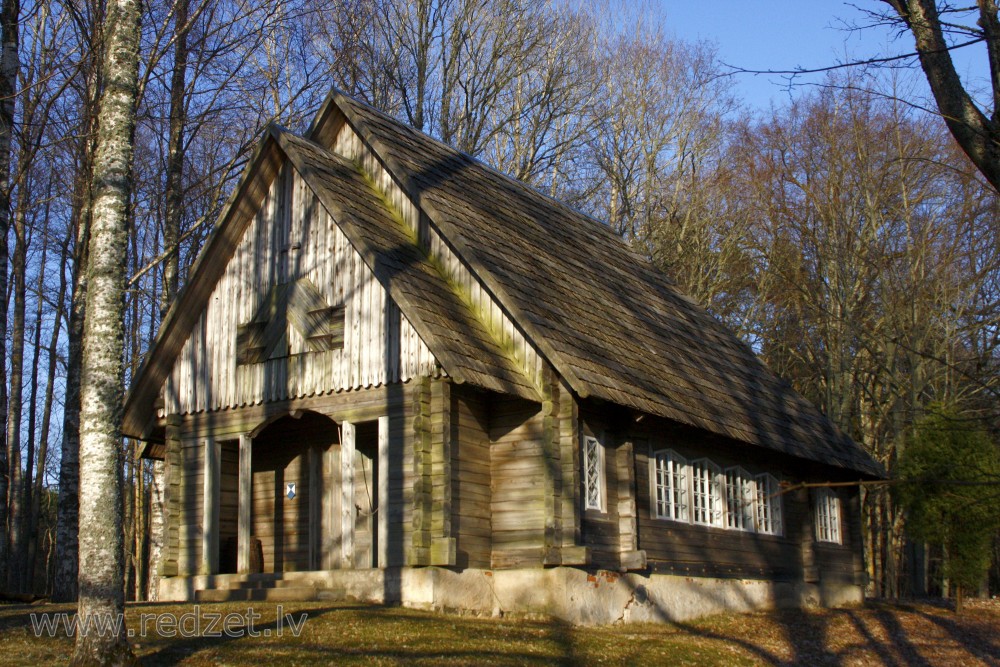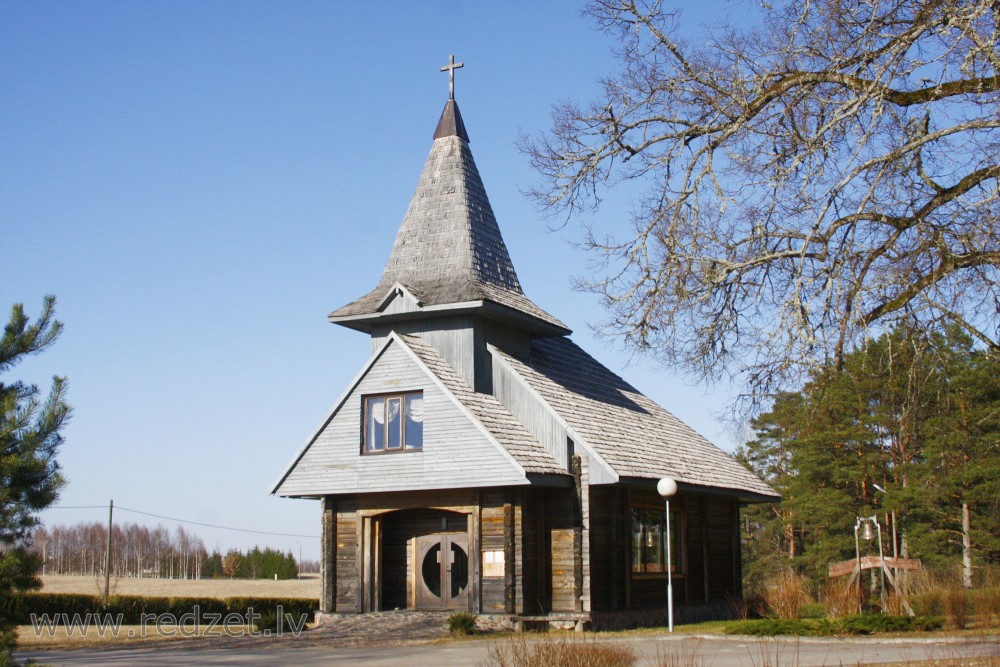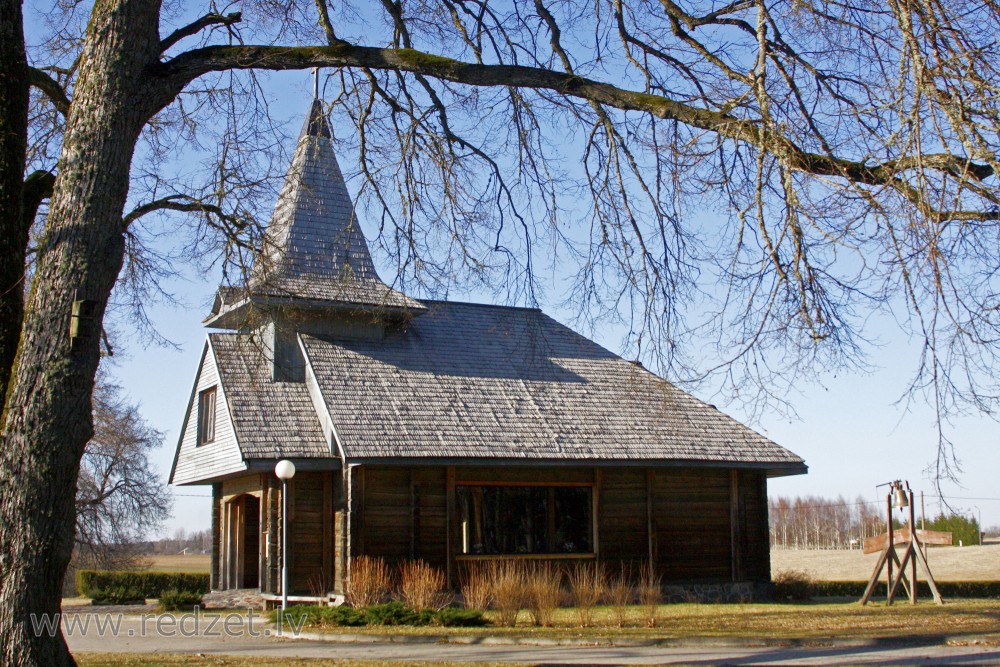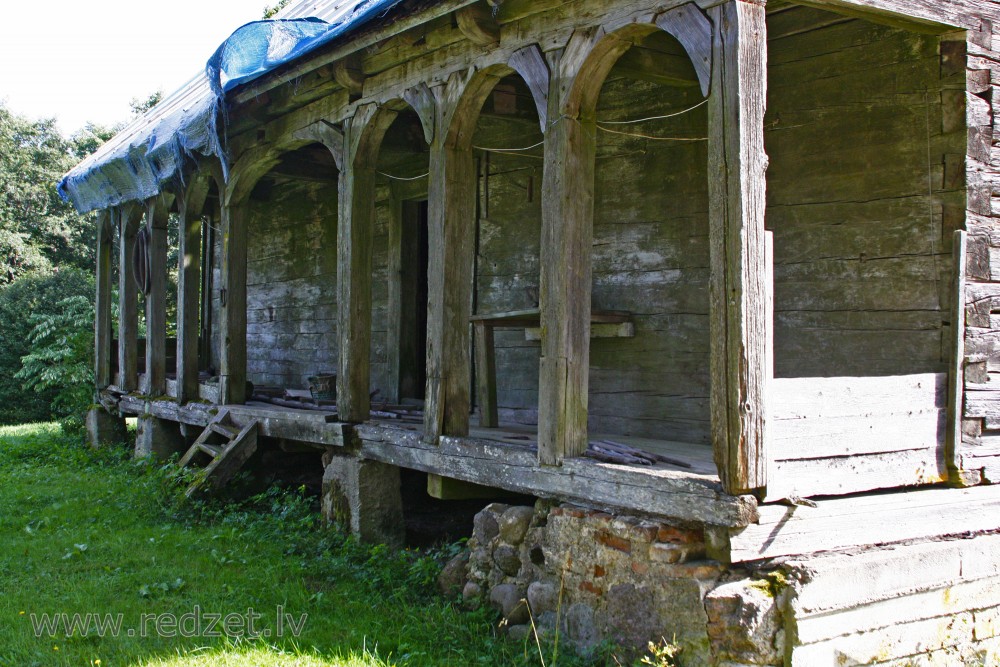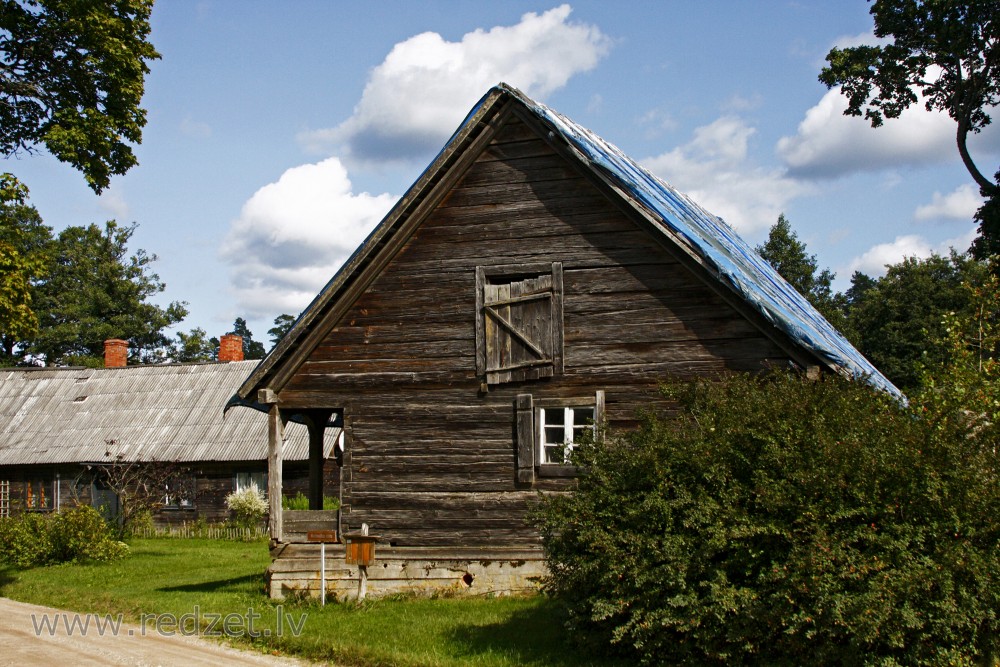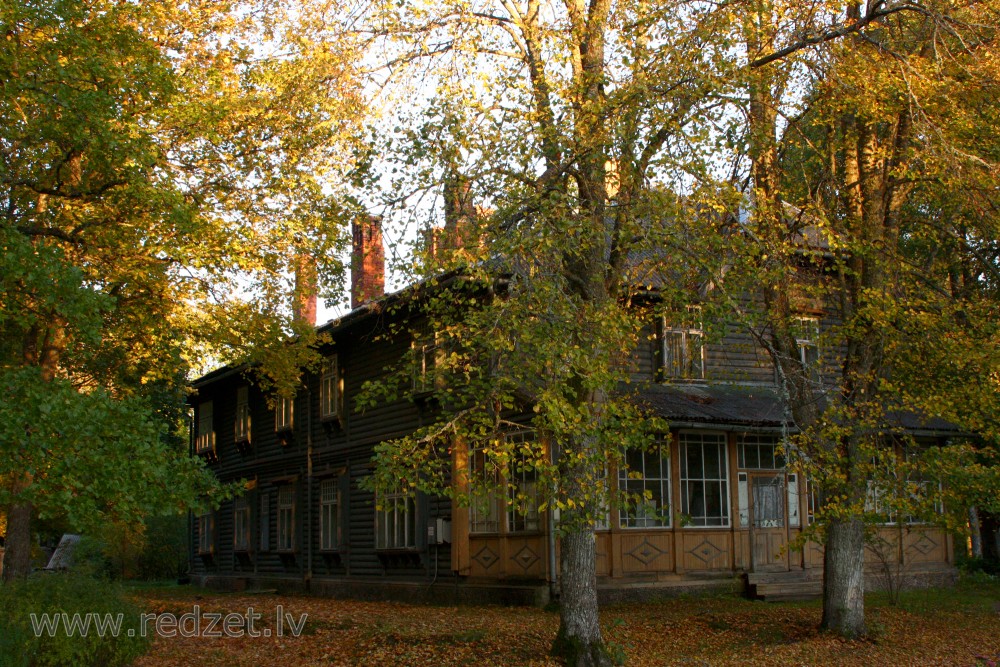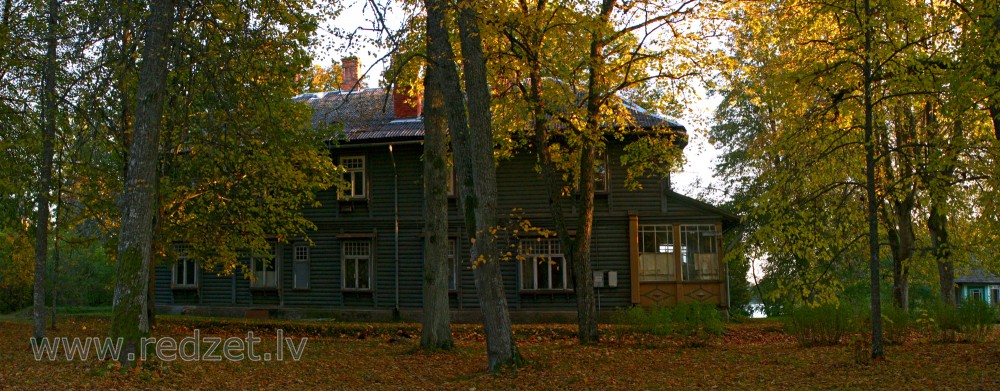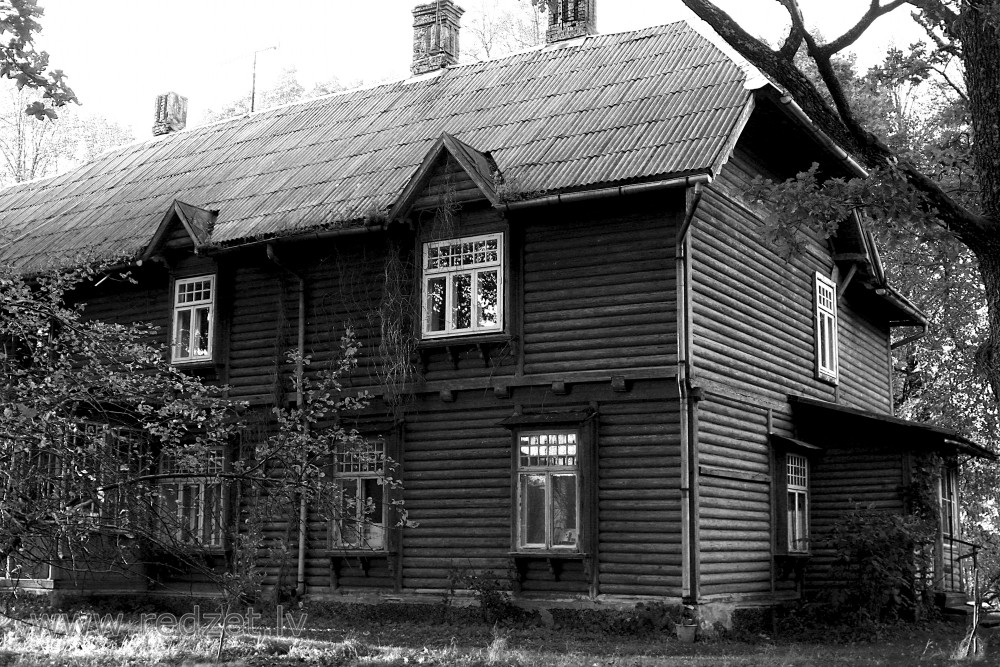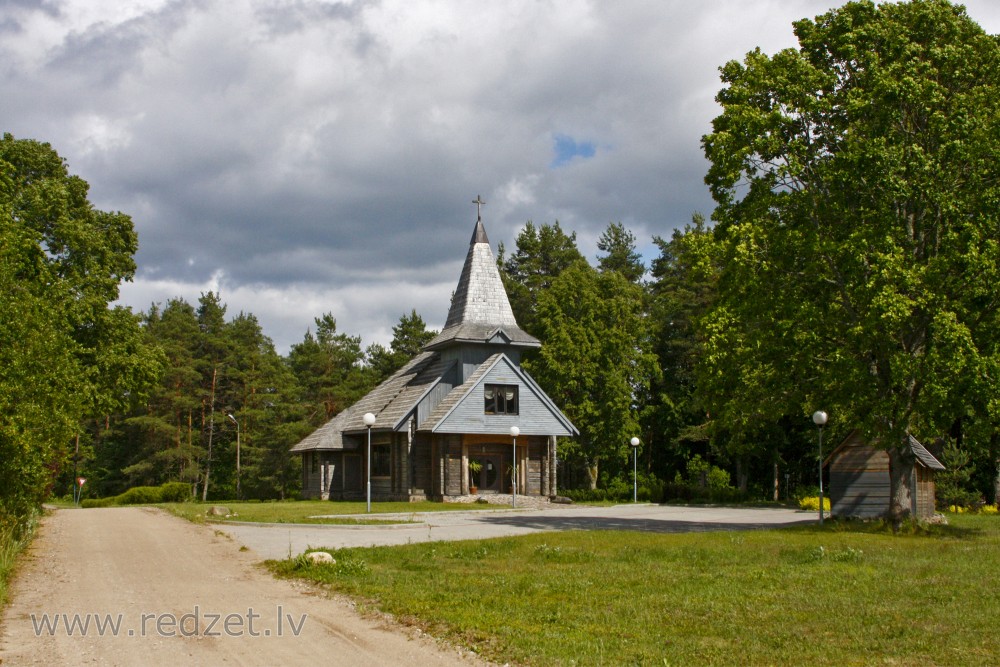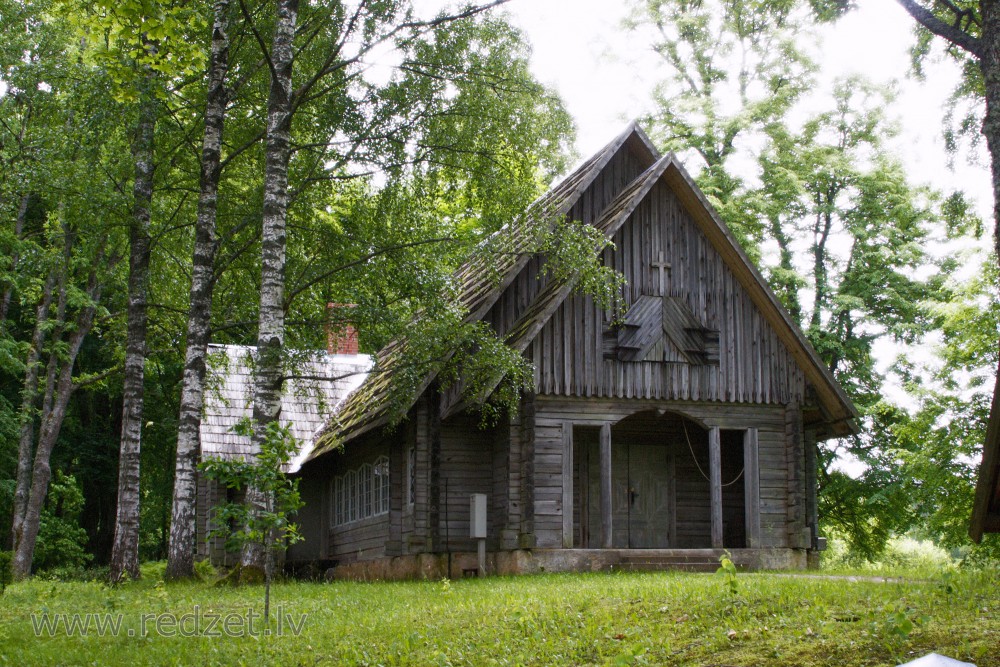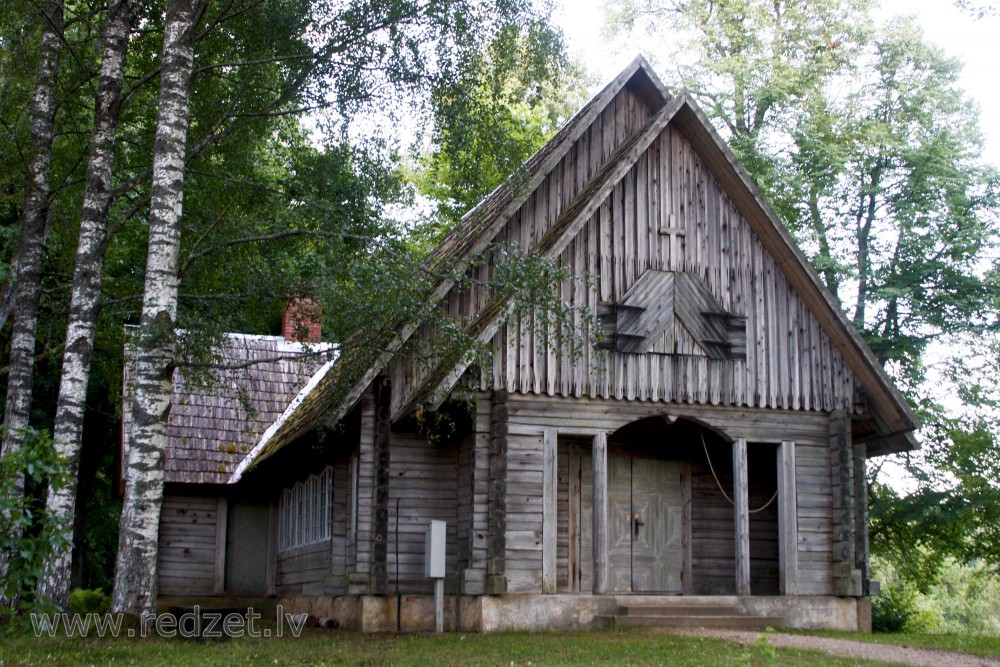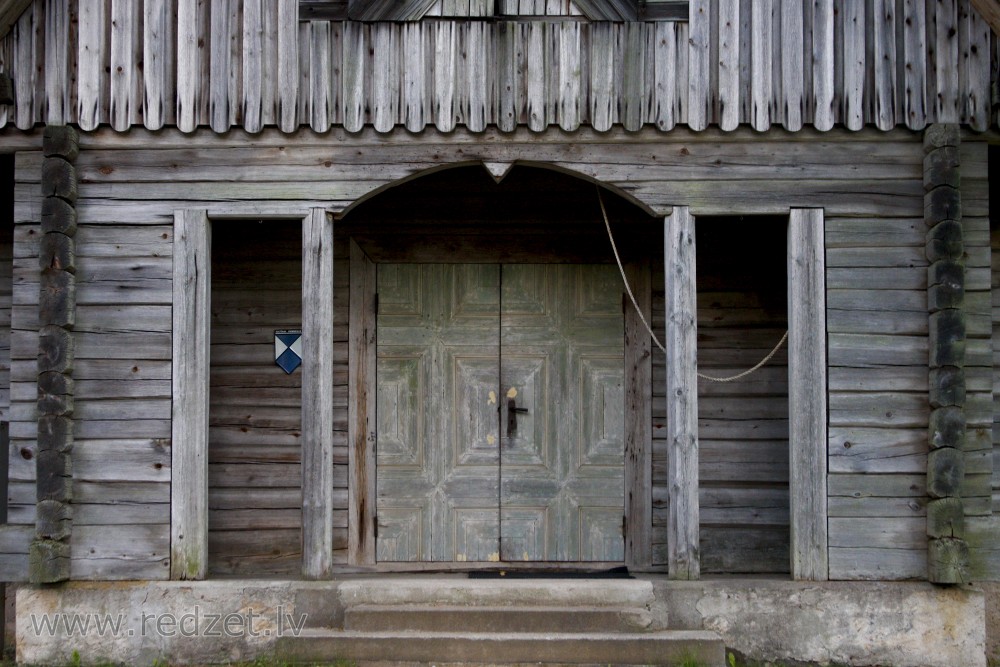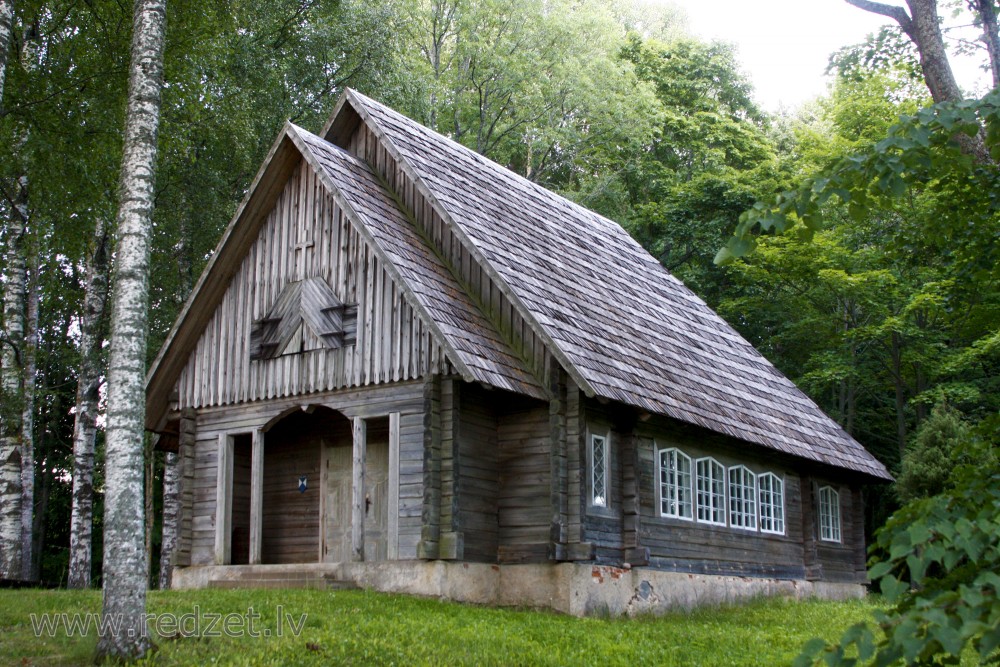Log house
A log house, or log building, is a structure built with horizontal logs interlocked at the corners by notching. Logs may be round, squared or hewn to other shapes, either handcrafted or milled. The term "log cabin" generally refers to a smaller, more rustic log house, such as a hunting cabin in the woods, that may or may not have electricity or plumbing.
Log construction was the most common building technique in large regions of Sweden, Finland, Norway, the Baltic states and Russia, where straight and tall coniferous trees, such as pine and spruce, are readily available. It was also widely used for vernacular buildings in Eastern Central Europe, the Alps, the Balkans and parts of Asia, where similar climatic conditions prevail. In warmer and more westerly regions of Europe, where deciduous trees predominate, timber framing was favoured instead.
Sawn logs, logs sawn to a standard width, but with their original heights
Milled (also called machine-profiled), made with a log house moulder: Constructed of logs that have run through a manufacturing process which convert them into timbers which are consistent in size and appearance
Handcrafted log houses have been built for centuries in Scandinavia, Russia and Eastern Europe, and were typically built using only an axe and knife. The Scandinavian settlers of New Sweden brought the craft to North America in the early 17th century, where it was quickly adopted by other colonists and Native Americans. Possibly the oldest surviving log house in the United States is the C. A. Nothnagle Log House (circa 1640) in New Jersey.
Pre-fabricated log houses for export were manufactured in Norway from the 1880s until around 1920 by three large companies: Jacob Digre in Trondheim, M. Thams & Co. in Orkanger, and Strømmen Trævarefabrik at Strømmen. They were factory built from sawn or milled logs, numbered and dismantled for transportation, and reassembled on the buyer's site. Buyers could order standard models from catalogs, custom-made houses designed by architects employed by the companies, or houses of their own design. Log houses from Thams were exhibited at the Exposition Universelle (1889) in Paris.
During the 1920s the first American milled log houses appeared on the market, using logs which were pre-cut and shaped rather than hand-hewn. Many log houses today are of the milled variety, mainly because they require less labor-intensive field work than handcrafted houses. There are about 500 companies in North America which build the handcrafted, scribe-fit type of log house.
